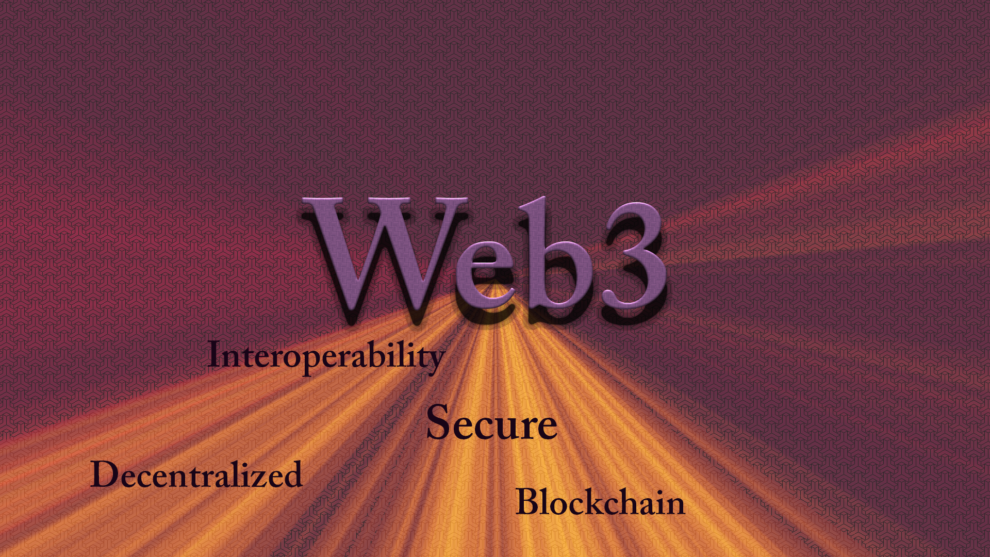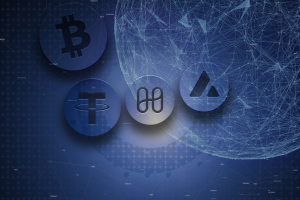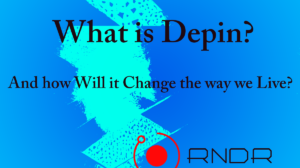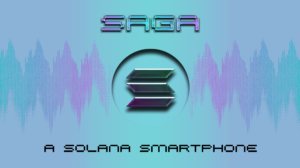As someone who has worked in the technology industry for many years, I have seen numerous advancements and changes in the Internet. The Internet has evolved massively over the past 20 years of the World Wide Web to the modern era. From social media to mobile devices. One of the most exciting developments to emerge in the past few years is Web3. What is web3? That’s what we will explore in this blog post. What Web3 is, how it differs from previous versions of the Internet, and how it will change the Internet as we know it.
Introduction to Web3
Web3 is the terminology we use to describe the next generation of the Internet. The current model of the Internet is mainly centralized. Thus, a small number of powerful corporations control it. The design of Web3 is decentralized, meaning that instead of relying on a few large companies to provide services and store data, Web3 will depend on the power of a network of nodes and users who work together to maintain the integrity and security of the system.
The idea behind Web3 is to create an internet that is more democratic, transparent, and secure. By removing the need for centralized authorities to manage and control data, Web3 aims to give users total control over their personal information and to reduce any risk of data breaches and other security threats. Additionally, by creating a decentralized system, Web3 aims to reduce the power and influence of large corporations and create a more level playing field for all users.
What is Web3?
At its core, Web3 is a set of technologies and protocols that enable developers to build (dApps) “decentralized applications” on top of a blockchain network. As blockchain technology is the foundation of Web3, the system is decentralized and secure. If you aren’t familiar with the blockchain, a blockchain is a network or distributed ledger where all crypto transactions occur, leaving a record of the transaction on the ledger. Each node on the network has a copy of the ledger, ensuring the system is resilient to attacks and failures.
The design of Web3 enables interoperability, meaning that different dApps can communicate with each other and share data; this creates a network effect, where the more dApps people build on the system, the more valuable the network becomes. Additionally, as Web3 will be scalable, it can handle many users and transactions without getting bogged down.
The Internet Evolution from Web1 to Web3
If you want to understand Web3, looking at how the Internet has evolved from its earliest days to the present is helpful. The V1.0 of the Internet, Web1, was a static collection of web pages linked together by hyperlinks. This version of the Internet mainly focused on providing information to users rather than enabling them to interact.
Web2, which emerged in the early 2000s, significantly improved over Web1. The rise in popularity of social media, mobile devices, and cloud computing characterized this version of the Internet. Web2 was more interactive and social, enabling users to share information and collaborate.
Web3 is the next step for the evolution of the Internet. This version of the Internet will be decentralized, secure, and transparent. It focuses on enabling users to control their personal information and reducing the power of large corporations.
Key Features of Web3
Web3 has several key features that set it apart from previous versions of the Internet. One significant feature of Web3 is its use of blockchain technology. Using a distributed ledger, Web3 can create a decentralized system that will resist attacks and failures, meaning the system will be more secure and reliable than previous versions of the Internet.
Another critical feature of Web3 is its focus on user control. Unlike previous versions of the Internet, which large companies and governments largely controlled, Web3 will give more control to users over their personal information; this is achieved by using decentralized identity systems and allowing users to manage their data.
Finally, Web3 will be interoperable, which means that different dApps can communicate with each other and share data; this creates a network effect, where the more dApps built on the system, the more valuable the network becomes.
Benefits of Web3
Web3 has several benefits that make it an attractive alternative to previous versions of the Internet. One significant benefit of Web3 is its increased security. Web3 will reduce the risk of data breaches and other security threats using blockchain technology and a decentralized system.
Another benefit of Web3 is its focus on user control. As users will have more control over their personal information, Web3 will be able to create a more transparent and democratic Internet; this is particularly important in an era where large corporations and governments are increasingly using personal data to control and manipulate users.
Finally, Web3 could create a more level playing field for developers and entrepreneurs. By reducing the power of large corporations, Web3 enables smaller players to compete on an equal footing, leading to more innovation and a more diverse range of products and services.
Web3 Use Cases
Web3 has numerous use cases that demonstrate its potential to transform the Internet. One promising use case for Web3 is in the area of decentralized finance (DeFi). Using blockchain technology, Web3 enables people to make more decentralized and transparent financial transactions; this can reduce the need for intermediaries and create a more efficient and secure financial system.
Another use case for Web3 is decentralized identity. Using distributed ledger technology, Web3 enables users to control their identities and personal information; this reduces the risk of identity theft and gives users more control over their personal data.
Finally, Web3 has the potential to transform the way that content is created and distributed on the Internet. By enabling users’ control over their data and creating a level playing field for developers, Web3 will lead to more innovation and a more diverse range of content.
Challenges and Limitations of Web3
While Web3 has numerous benefits and use cases, it also faces challenges and limitations. One of the biggest challenges facing Web3 is its complexity. The technology behind Web3 is still in its early stages, and it can take time for developers and users to understand and navigate the system.
Another challenge facing Web3 is its scalability. While Web3 will be scalable, it is still being determined whether the system can handle the large number of users and transactions required to succeed.
Finally, Web3 faces regulatory challenges. Because Web3 will be decentralized and outside the control of large corporations and governments, it still needs to be clarified at this stage how regulators will respond to the system; this could create legal and regulatory hurdles that limit the adoption of Web3.
Web3 vs. Web2: What Are the Differences?
Web3 differs from Web2 in several key ways. One of the most significant differences is that Web3 is decentralized, while large corporations and governments mainly centralize Web2, meaning Web3 is more democratic and transparent than Web2.
Another difference between Web3 and Web2 is their approach to data. The design of Web3 is to give users more control over their personal information, while large companies use personal data for their purposes in Web2.
Finally, the design of Web3 will focus on interoperability, which means that different dApps can communicate with each other and share data; this will create a network effect, where the more dApps built on the system, the more valuable the network becomes. Web2, on the other hand, is primarily siloed, which limits the ability of different services to interact.
How Web3 Will Change the Internet
Web3 has the potential to transform the Internet in several ways. By creating a more decentralized, democratic, and transparent system, Web3 can reduce the power of large corporations and governments and give users more control over their personal information. Additionally, by enabling more innovation and a more diverse range of products and services, Web3 can create a more competitive and dynamic internet.
Finally, Web3 could create a new era of trust on the Internet. Web3 will reduce the risks of data breaches and other security threats using blockchain technology and a decentralized system, creating a more trustworthy and reliable internet that users can rely on.
Conclusion: The Future of Web3
Web3 is the next step for the evolution of the Internet. By creating a more decentralized, democratic, and transparent system, Web3 has the potential to transform the Internet. This will create a more secure and trustworthy online world. While Web3 faces several challenges and limitations, its potential benefits are too great to ignore. As the technology behind Web3 continues to evolve, we can expect to see more dApps and use cases emerge. Also the Internet will become more decentralized and democratic as a result.
If you want to learn more about Web3 and its potential to transform the Internet, I encourage you to explore the world of decentralized applications and blockchain technology. As the technology behind Web3 continues to evolve, we should expect to see more exciting developments and use cases emerge in the years to come. For more information on Web3 vist: https://www.investopedia.com/web-20-web-30-5208698


















